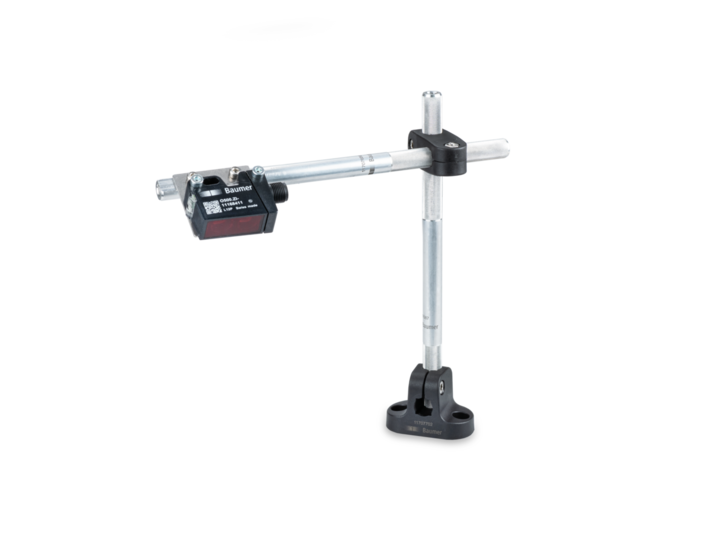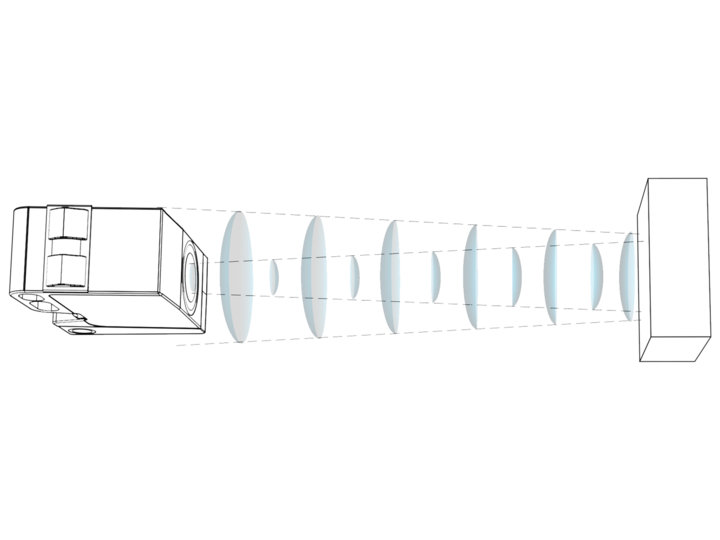USA
us
English
Product portfolio
Miniature sensors with IO-Link
Cubical, slim design
Universal element for attachment to system profiles
Your benefits
Always reliable
Connected
Fast design-in
Optimum sensor setting to the application
Tutorial | Ultrasonic sensors U300, U500, UR18
Applications
Film crack detection
PCB detection
Limit value detection in containers
Technology
Downloads
Brochures / Catalogs
-
Brochure – Miniature ultrasonic sensors U300
Technical and Application Reports / White Paper
-
Application Report – The smallest and lightest ultrasonic sensors worldwide SONUS
-
Application Report – Precise detection of the smallest objects with ultrasonic sensors Series09














